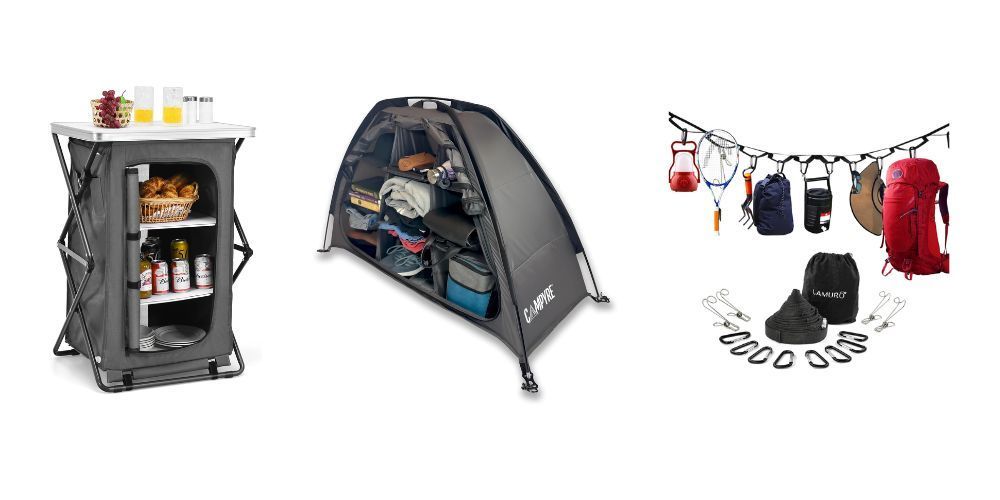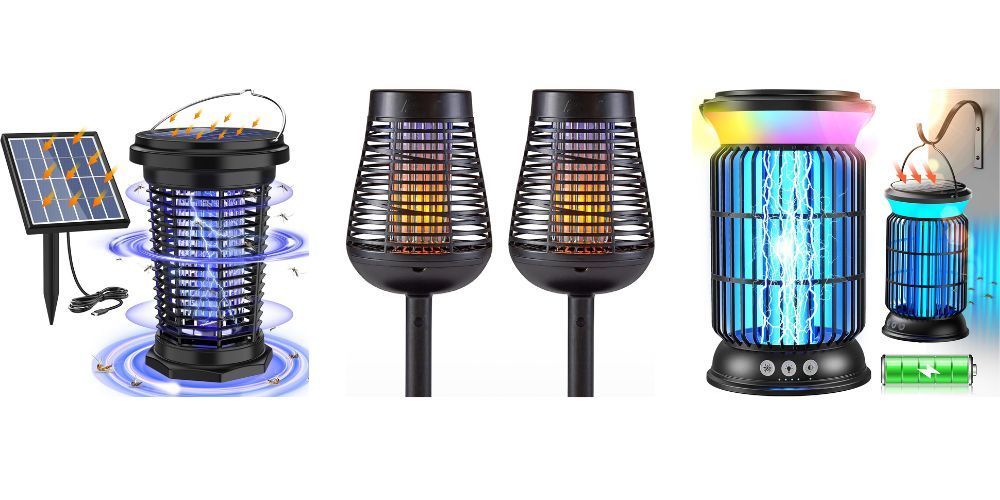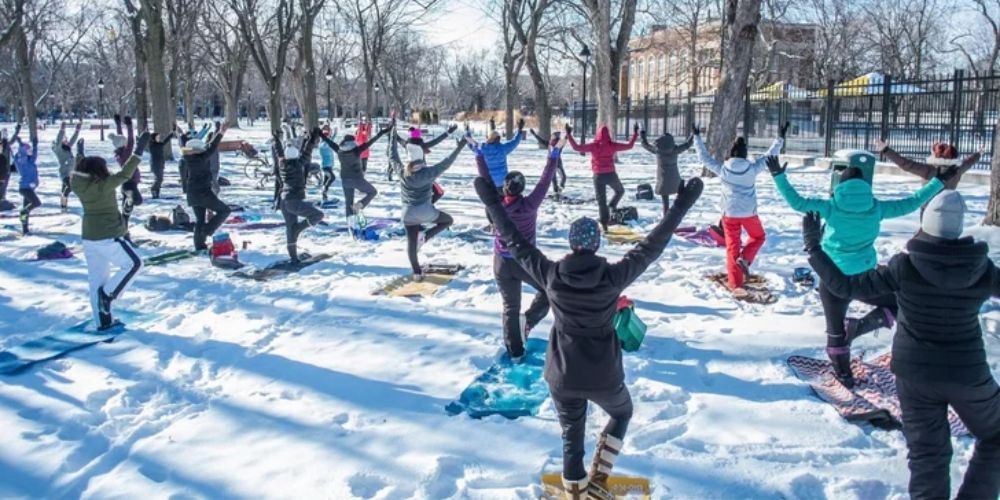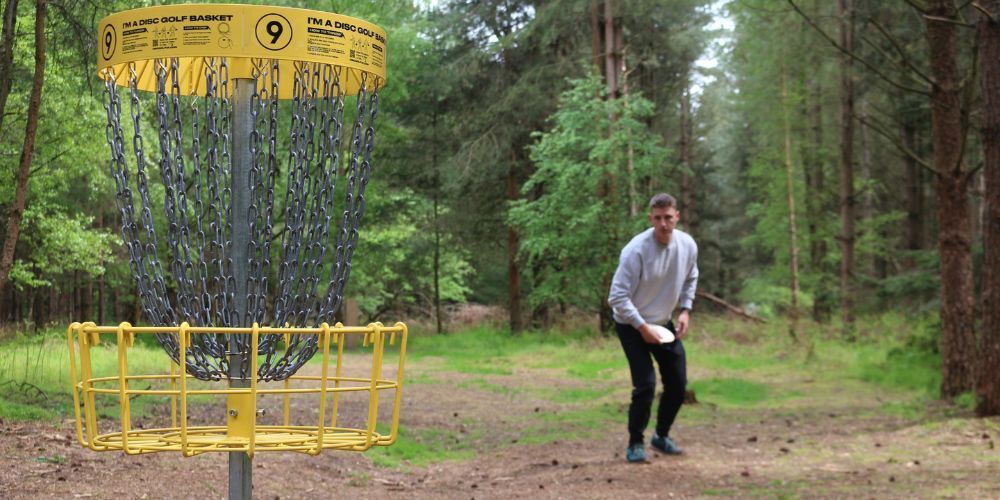Health Benefits of Playing Pickleball: Improve Your Fitness and Wellbeing
October 8, 2024
Many see pickleball as a simple pastime, but it's much more than just a casual game. Recent studies have shown that this fast-paced sport has the potential to significantly boost your health, presenting various unexpected benefits. Could it be possible that spending time on the pickleball court is the key to achieving better fitness and wellbeing?
By diving into medical research and gathering insights from both fitness professionals and regular players, we've uncovered how this activity can impact your body. From enhancing cardiovascular fitness through spirited rallies to improving muscle strength with every serve and swing, pickleball proves to be not only enjoyable but also incredibly effective. As we move forward, you'll discover how these dynamic movements contribute to stronger hearts and lungs, setting the stage for overall improved health.
Playing pickleball offers numerous health benefits including improved heart health, enhanced muscle and bone strength, increased balance and coordination, boosted brain health, and potentially longer lifespan. Engaging in this fast-paced sport not only elevates physical fitness through cardiovascular exercise but also contributes to mental well-being and social interaction among players.
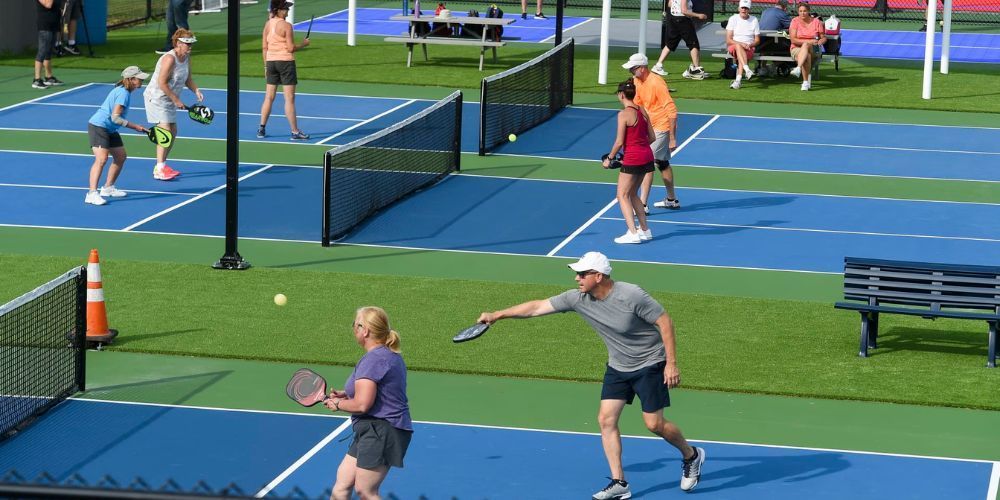
Heart and Lung Benefits
When it comes to enhancing cardiovascular fitness, few activities rival pickleball. The exhilarating nature of the game ensures that players engage in a mix of moderate to vigorous efforts, contributing to their heart health. Studies reveal that pickleball players often spend over 70% of their game time within that important heart rate zone. This statistic not only emphasizes the sport's intensity but also aligns perfectly with the American Heart Association's guideline advocating for at least 150 minutes of moderate-intensity exercise each week. Essentially, every match you play serves as a cardio workout, strengthening your heart while having a good time.
In addition to its effects on cardiovascular health, playing pickleball offers exceptional benefits for lung function.
Increased Cardiovascular Fitness
Imagine this: each time you dive for a ball or sprint to the net, you're not just showcasing your agility; you're actively conditioning your heart. Engaging in high-energy rallies elevates your heart rate, which helps your cardiovascular system become more efficient over time. Furthermore, this improvement translates into real-life benefits, such as better stamina during other activities—be it climbing stairs or enjoying a brisk walk.
While you work hard to improve your heart fitness, your lungs are getting a workout too.
Enhanced Lung Capacity
Regularly hitting the court can dramatically enhance your lung capacity, keeping your respiratory system engaged and active. However, it's not solely about how frequently you play; the intensity of play is crucial. During those thrilling moments when players engage in short bursts of high-intensity movements—sprinting or lunging—your body works harder to utilize oxygen wisely.
As you rally back and forth, think of your lungs as muscle fibers growing stronger with each stroke. With consistent effort, many players notice they feel less out of breath during everyday activities.
For instance, numerous seniors who have taken to pickleball share their experiences of feeling less winded when completing everyday tasks—whether that's gardening or all those trips up and down the stairs. Their improved lung performance is often directly linked to the regular sessions they dedicate to this engaging sport.
These benefits exemplify how engaging in this enjoyable activity serves not only as recreation but also fosters significant improvements in physical health.
Strength and Muscle Development
Playing pickleball is not just about having fun; it's an engaging workout that actively strengthens your body. The sport engages multiple muscle groups simultaneously, offering a unique blend of aerobic and resistance training. As you dash around the court, each swing of the paddle works to build muscle in your arms, shoulders, and chest. If you've ever felt a satisfying ache in your forearms after a match, that's a sure sign that you’ve effectively targeted these muscles with your play.
Targeted Muscle Groups
- Upper Body: The shoulders and forearms are heavily engaged when you hold and swing the paddle. The repetitive motion helps develop muscular endurance as well as strength.
- Core: Your abdominal muscles and obliques work overtime for balance and stability during quick lateral movements. This not only aids in performance but also helps improve overall posture.
- Lower Body: From squatting to lunging while chasing down the ball, your quads, hamstrings, and calves become dynamically strengthened. The sudden bursts of speed required in pickleball offer an excellent workout for these areas.
As enjoyable as it is to compete and socialize on the court, the physical benefits extend further than just muscle gain. Regular participation in pickleball contributes to maintaining bone health by increasing bone density. This aspect is particularly crucial for older adults, as stronger bones help fend off osteoporosis—a condition that leads to weakened bones and increases the risk of fractures.
Emphasizing strength-building is only one part of the equation; don't forget that proper technique will enhance these benefits even further while also reducing injury risks. Transitioning now into how this sport can enhance your body’s balance and flexibility will unveil more layers of its extensive health benefits.
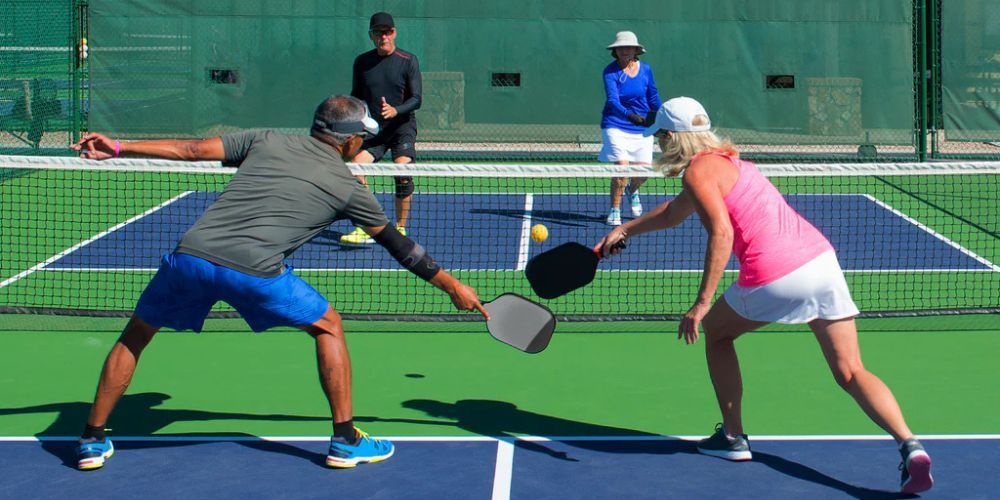
Balance and Flexibility Improvement
Enhanced Balance is perhaps one of the most significant benefits of playing pickleball, coming from the sport's dynamic nature. As players dart back and forth across the court, they engage in quick lateral movements and sudden direction changes that demand precise coordination. This practice sharpens agility and strengthens core stability—the very essence of balance.
The remarkable aspect here is that improved balance gained on the court spills over into everyday life, manifesting in fewer falls, especially for older adults. Many players have expressed this benefit as transformative; they navigate their home environments with greater confidence, whether navigating stairs or walking on uneven surfaces without fear.
But the benefits don't stop there; the sport also actively promotes increased flexibility.
The movements in pickleball—like bending and stretching to reach shots—work wonders for overall flexibility. Each time you stretch your arm to hit a ball or lean to adjust your stance, you're engaging muscles and improving your range of motion. This practice enhances performance on the court while playing a crucial role in injury prevention during daily activities.
Studies suggest that better flexibility allows for smoother, more efficient movements—whether you're reaching for an item on a high shelf or engaging in routine household chores. Consequently, players often notice they're less likely to experience strains and sprains as they go about their daily lives.
Practical Tips to Boost Balance and Flexibility
Incorporating specific balance and flexibility exercises into your pickleball routine can significantly amplify these benefits. Simple activities like practicing yoga or tai chi can beautifully complement your gameplay; they improve body awareness while conditioning your muscles for better performance on the court. Moreover, basic stretches targeting key muscle groups used in pickleball—such as your legs, back, and arms—should be part of every practice session.
By embracing these strategies within your regular gameplay and life routine, you're investing not just in your pickleball skills but also in a healthier lifestyle overall. These improvements reflect positively both in social settings where mobility is essential and in one's mental well-being as confidence builds through enhanced physical prowess.
Engaging regularly in pickleball does much more than provide fun; it's a strategic way to enhance attributes critical for long-term health and vitality while fostering connections that enrich emotional well-being.
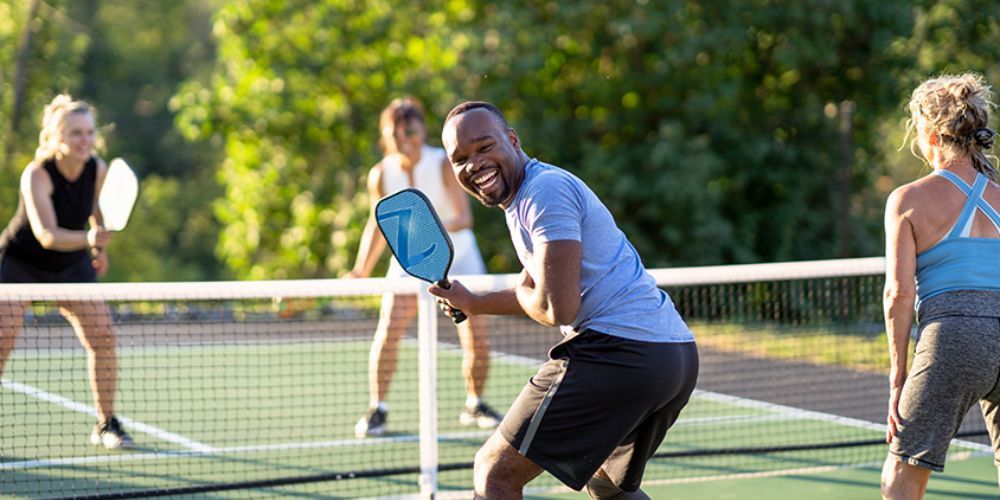
Social and Emotional Health
Playing pickleball isn’t solely about physical perks; it intertwines deeply with our social lives and mental well-being. The moment you step onto the court, you're not merely there to compete; you're entering a vibrant social scene where friendships blossom over shared games.
Players from different backgrounds come together, and every match offers a unique opportunity to connect beyond just the score. This camaraderie fosters a sense of belonging, essential for our emotional health.
Building Social Connections
Many players appreciate these social aspects. Imagine showing up week after week to meet your friends, share laughter, and engage in light-hearted banter. That regularity creates a built-in support system; players look out for one another whether they’re on or off the court. Each serving of the ball not only strengthens your game but reinforces bonds of friendship that can last a lifetime.
This connection extends beyond the game itself; many participants find themselves attending social gatherings organized by their local pickleball clubs, further cementing these relationships. Feeling connected has profound implications for emotional well-being.
Mental Well-being
Engaging in regular physical activity like pickleball significantly reduces anxiety and depression levels. Studies have shown that participants experienced a remarkable 20% increase in reported happiness within just one month of playing regularly. But what’s happening behind the scenes? Physical activity spurs endorphin release, our body’s natural mood lifters, creating an uplifting cycle of positivity.
Cognitive functions improve as well. Memory retention and focus sharpen through consistent gameplay, making it easier to handle daily stressors. Players often report feeling more alert both during and after matches, translating into increased productivity in their everyday lives. This heightened state of awareness allows individuals to tackle challenges more efficiently while maintaining a positive outlook.
Recognizing the significance of these social interactions and mental health benefits highlights how fitness activities can also be avenues for emotional engagement, setting the stage for exploring the adaptable nature of this sport in various environments.
Versatility of Play: Indoor and Outdoor
One of pickleball's most remarkable features is its versatility in terms of play environments. The game thrives whether you’re on a brightly lit indoor court or basking in the sunshine outdoors.
In indoor play, you're presented with a controlled atmosphere free from weather fluctuations, significantly lowering barriers for newcomers. This environment minimizes distractions such as wind, enabling beginners to focus on mastering the fundamentals without the intimidation factor that external elements might introduce. A smooth hardwood surface also allows for better ball control, making it easier to develop crucial skills like serving and volleying.
Indoor settings often feature leagues and structured playtimes, providing new players an opportunity to socialize and cultivate their skills amid other beginners.
Outdoor Play
Conversely, outdoor pickleball has its charm and allure. Playing outside means fresh air and natural light, which undeniably uplift the spirit while enhancing energy levels. The sociable atmosphere of an outdoor park can foster community engagement, turning a simple game into an enjoyable event where friends and family gather to cheer each other on.
On top of that, engaging with the shifting elements such as slight wind or varying temperature can challenge even seasoned players, testing their adaptability and strategy on the fly.
Communities are increasingly investing in multi-purpose courts designed to accommodate both indoor and outdoor play. This thoughtful approach maximizes availability for all skill levels year-round. It means that if it’s beautiful out, matches can easily transition into the fresh air; when those unpredictable showers come knocking later, players can take refuge inside without skipping a beat.
Whether indoors or outdoors, pickleball provides unique pathways for improvement and enjoyment. The choice of space contributes significantly to the playing experience—embracing both environments offers distinct advantages in refining your game and elevating overall fitness.
As we explore how to seamlessly integrate this engaging sport into your routine, preparing you for countless hours of fun and exercise awaits just around the corner.
Incorporating Pickleball into Daily Life
Adding pickleball to your routine is both fun and straightforward. The sport’s accessibility allows for various ways to fit it seamlessly into your lifestyle, whether you're a seasoned athlete or just beginning your fitness journey.
Scheduling Regular Games
Start by scheduling one to two sessions per week; this provides a manageable entry point without overwhelming yourself. As you become more comfortable on the court and witness improvements in your fitness level, gradually increase the frequency of play.
The key here is consistency—establishing a regular schedule not only helps build endurance but also makes it easier to stay committed amidst life’s other demands.
Integrating this routine within your week doesn’t have to be rigid; it can be adjusted based on holidays, seasons, or even cultural events.
Family Activity
Involving family in your pickleball sessions can transform a simple game into quality time together. The beauty of this sport lies in its inclusivity—players of all ages can participate.
Whether you're playing with children who are learning coordination or grandparents reminiscing about their youth, pickleball offers a unique opportunity to bond over laughter and friendly competition. It encourages conversations between serves and enhances family ties through shared experiences, creating memories that will last long after the final whistle has blown.
As wonderful as family games are, branching out to meet new people adds another layer of enjoyment to the experience.
Join a Club
One of the most effective ways to commit to playing pickleball regularly is by joining a local club. This approach does more than simply encourage accountability; it opens up doors for community engagement and social interaction, enriching your overall experience.
Being part of a club often comes with organized practices, leagues, and tournaments that foster friendly competition and enable you to improve your skills more rapidly. Plus, it connects you with fellow enthusiasts who share similar interests, paving the way for friendships that extend beyond the court.
All these facets of incorporating pickleball into daily life demonstrate how relatively simple changes can lead to significant boosts in both fitness and emotional well-being. By dedicating time to play, involving loved ones, and linking with communities that thrive on enthusiasm for the game, you're not just enhancing your physical health—you’re nurturing your happiness along the way.
Ultimately, making pickleball a part of your daily routine can vastly improve your overall well-being while forging connections with those around you. Embrace this dynamic sport, and watch as it transforms not just your fitness but your life as well.
How does playing pickleball improve cardiovascular health?
Pickleball is a great way to get your heart pumping and improve cardiovascular health. The game involves constant movement, including sprints, quick directional changes, and bursts of energy that elevate your heart rate. Playing pickleball regularly can help to increase endurance, improve circulation, and lower blood pressure. Over time, this increased cardiovascular activity can strengthen your heart, reduce the risk of heart disease, and improve overall stamina, making it a fantastic option for both young and older adults looking to stay active and maintain a healthy heart.
What are the mental health benefits of playing pickleball?
Playing pickleball isn’t just great for your body; it’s also beneficial for mental health. The social aspect of the game allows players to engage with others, which can reduce feelings of loneliness and isolation. Engaging in physical activity releases endorphins, which are natural mood lifters, and can help to alleviate symptoms of anxiety and depression. Additionally, the focus required to play the game can help sharpen cognitive functions, improve concentration, and reduce stress levels, making it a holistic way to support both mental and physical well-being.
Can pickleball help with weight loss and muscle toning?
Yes, pickleball is an effective way to burn calories and support weight loss goals. A 30-minute game can burn between 250 to 350 calories, depending on the intensity of play. The sport engages various muscle groups, including the arms, legs, and core, providing a balanced workout that helps tone muscles. Regular play can help you build lean muscle mass, improve flexibility, and boost metabolism. Whether you’re looking to lose weight or just stay in shape, pickleball offers a fun and sustainable way to get fit and maintain a healthy lifestyle.
Check out the latest guides on pickleball gear
Author: William Flaiz

